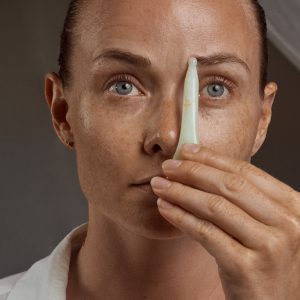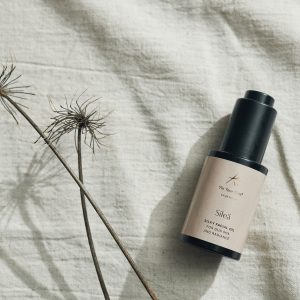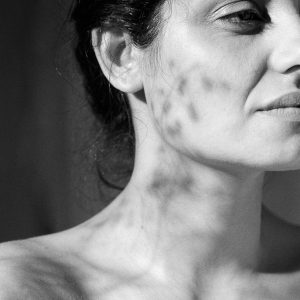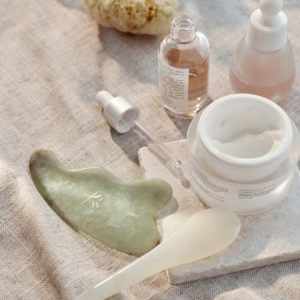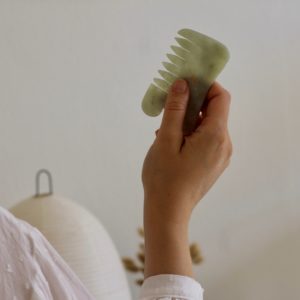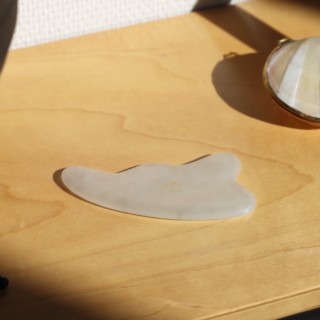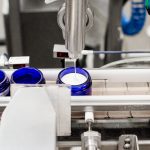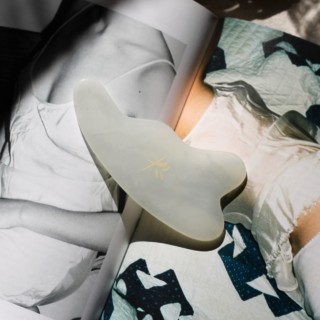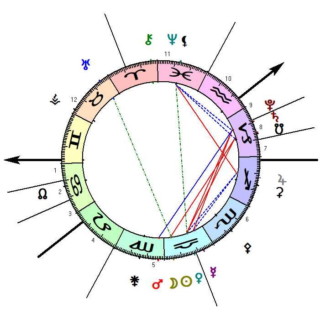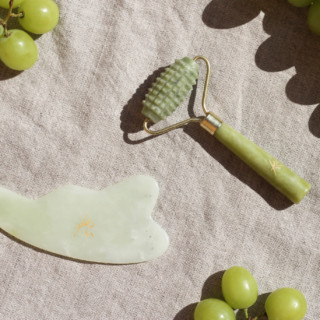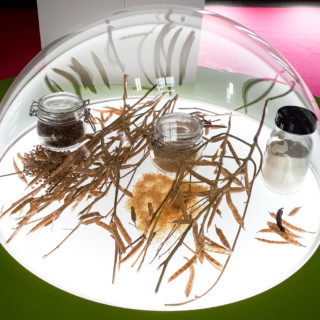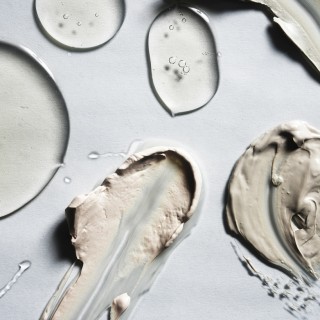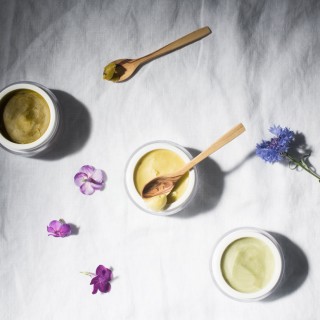There is no doubt about it; Koreans are genius when it comes to their cosmetics and skincare routines. A few weeks ago, I was on my way back to Finland from Goa. I was sitting at Mumbai airport ready to board my plane, when I saw ten Korean Air flight attendants approaching. They sat down right in front of me, and I couldn’t stop staring at them – or rather their skin. I was astonished. I realised that the dewy Korean skin was reality, not just a myth. It was the very first time I’d seen such beautiful and natural skins! No complaints about my own skin, though. Due to many factors, it’s in better condition and more beautiful than ever, but the Korean face cleansing routine definitely plays a major role. The routine is very enjoyable, and much easier than you would think.
Ever since Korean natural cosmetics brand Whamisa hit the shelves in Finland, their skincare products have been very popular. These products are not only efficient but also as organic as cosmetics can get. If you have a very sensitive skin, Whamisa might not be the right choice for you, though. On the other hand, many of my customers have told their sensitive skin loves Whamisa, because it has been the first skincare line they have got visible results with.
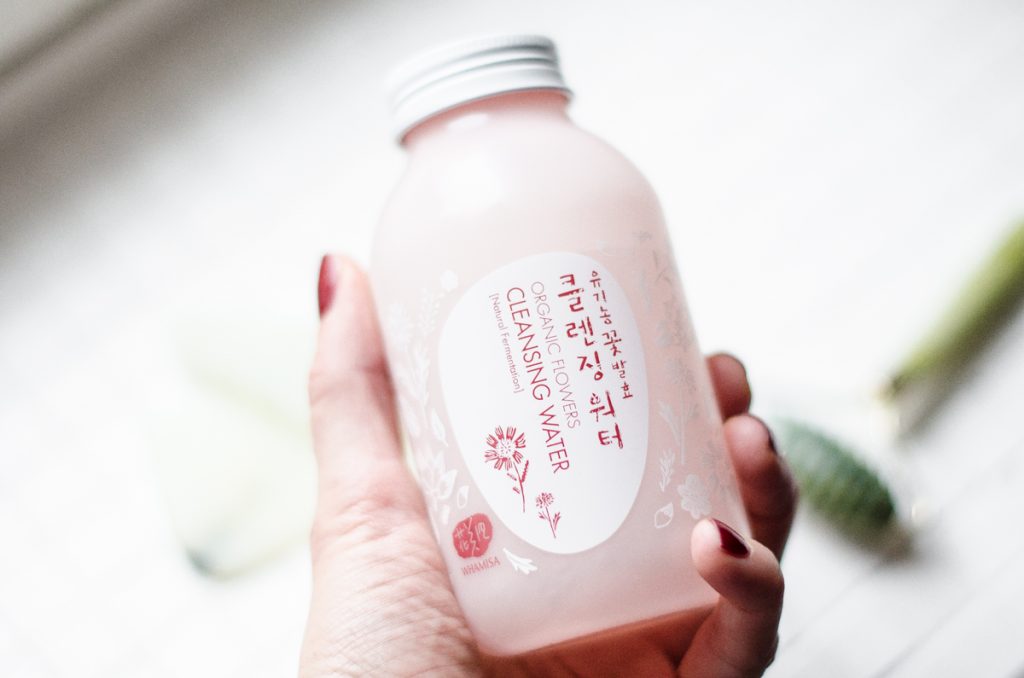
The New Micellar Water
Whamisa’s newest product is the long awaited Micellar Water. I couldn’t help but order mine already last fall from the States. This cute little bottle reminds me of the old-fashioned cough mixture bottles, and the actual product might be the best Micellar Water ever. More Whamisa products will be launched later this year.
Many micellar waters are too strong for your skin. They might contain too much of surfactants that over-cleanse and dry out your skin. Instead, Whamisa Micellar Water is exceptionally mild. I use micellar water every morning, since after a night of sleep your skin is not dirty, and therefore no actual cleansing is needed. With gentle, refreshing micellar water, you can get rid of the visible sebum and the residues of the skincare products that didn’t absorb during the night before starting your morning skincare routine.
Whamisa Micellar Water is pure magic. It contains a great amount of soothing, nourishing and rejuvenating aloe vera. Fermented chrysanthemum, lotus and dandelion extracts hydrate and brighten your skin. It also contains other hydrating ingredients, like hyaluronic acid, betaine and mannitol. Beta glucan, in turn, reduces redness and skin irritation. The water also has a fresh, natural scent.
Take a cotton pad and soak it in the micellar water. Swipe it gently over your face and neck, and also behind your ears. Pat your face dry with a towel, and then continue your skincare routine with essence, (serum), moisturiser and face oil.
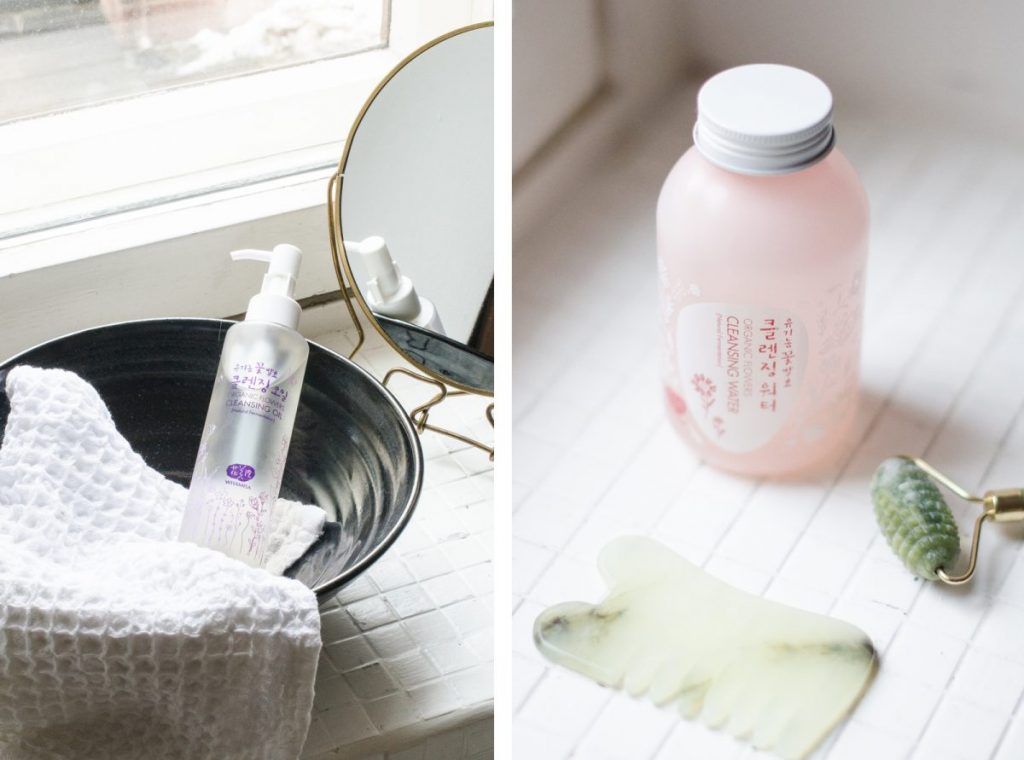
Double Cleansing Steps
Every night I double cleanse my face – that’s one of the corner stones in Korean skincare routine. Make sure you don’t rush but cleanse every inch of your face, and never cleanse your face in the shower. After cleansing, your skin should feel soft and elastic.
First remove your oil-based make up and impurities with Cleansing Oil. Foundations are always oil-soluble, so especially after wearing foundation or BB cream containing UV filter, it’s very important to use cleansing oil and to double cleanse your face. Oil doesn’t dry out your skin.
Apply cleansing oil onto a dry skin. Carefully massage the oil onto your face and neck using circular motions. Pay extra attention to the skin around your nose and chin, and to the areas where you can see layers of foundation and impurities like blackheads. Cleanse behind your ears, too. You’ll need a minute, or at least a half, to completely remove all your oil-based make up. Massaging also warms up your skin, fastens your skin’s blood circulation, and relaxes your face muscles. The better you cleanse your face, the easier the next steps of your skincare routine will be and the better your skin is prepared to take in all the moisturising and nourishing skincare products you normally use.
The next step is a water-based cleanser. In Korean cosmetics, water-based cleansers are usually foaming gels or creams, which means they contain more surface-active ingredients than cleansing milks. With that, they might over-cleanse your face. I’m very selective when choosing my face cleansers. I don’t recommend these kinds of cleansers for all skin types, and not necessarily for daily use. I’m hoping Whamisa would produce a mild cleansing milk or a thick non-foaming cleansing cream in the near future.
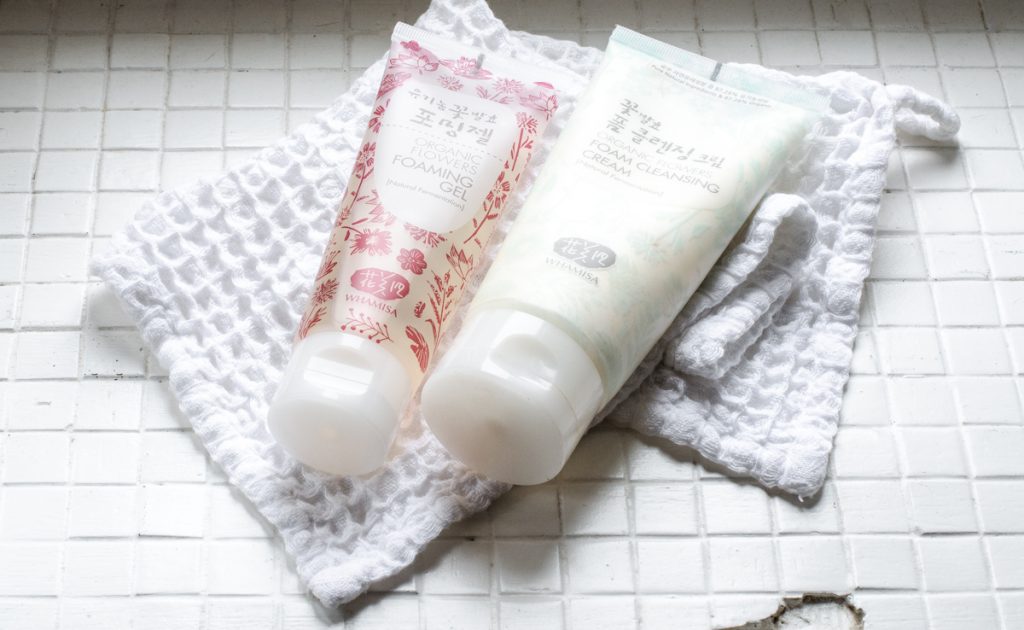
If your skin is super dry, sensitive or noticeably aged, you can use Whamisa’s cleansing oil on its own and skip the second step of the routine. You can rinse the oil off, or use a damp muslin cloth, or a facial wipe. Against the regimen, I recommend that you leave the oil on your face and massage the cleansing cream on top of it. I mean this is how I do it, but you will find out what is the best way for you after starting the routine. Apply a small amount of water-based cleanser to your skin and neck. Then dip your fingertips in water and foam the cleanser by gently massaging your entire face and neck. Rinse your skin with warm water or swipe with a damp muslin cloth or towel.
For normal and combination skin, I recommend Whamisa Foaming Gel, which is the more gentle option of their two water-based cleansers. For oily skin, I recommend Cleansing Cream, a thick cream that foams up quite a lot when in touch with water. Your skin knows best how often you should use your foaming cleanser. If your skin feels tight, itchy or dry, it’s better to avoid it and to use cleansing oil only. However, deep cleansing your face every now and then is good for your skin.
Pat your skin dry with a clean towel and continue your routine by layering your essence, or with your exfoliator and a sheet mask.
Is double cleansing your thing?
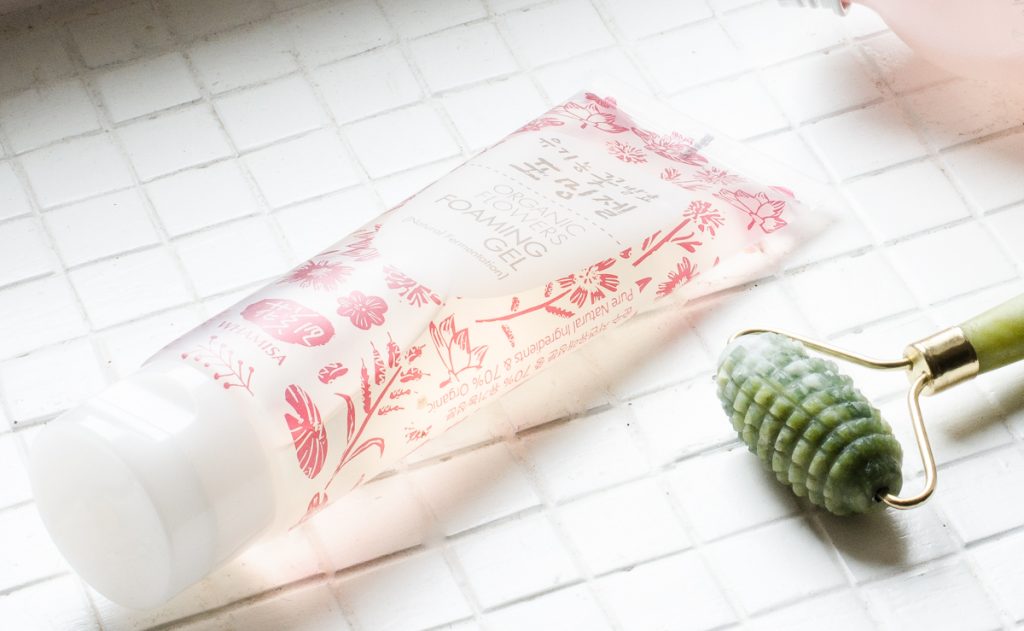
Photos Katja Kokko
Translated by Hilla Hautajoki
